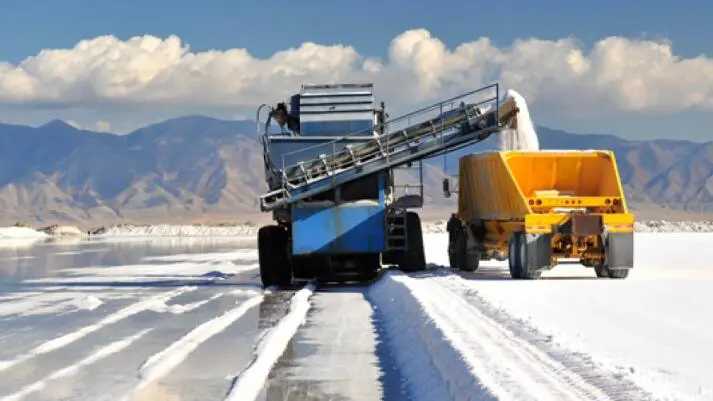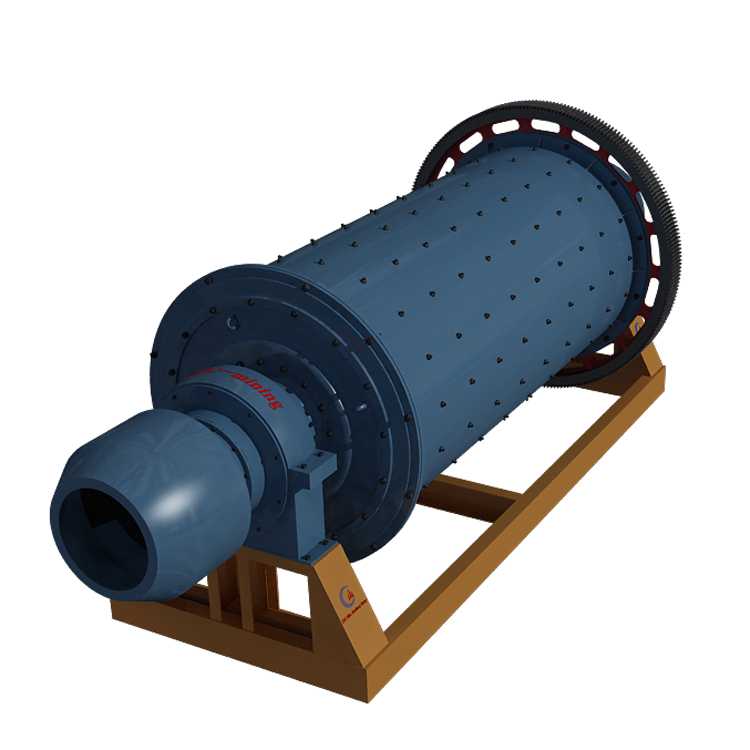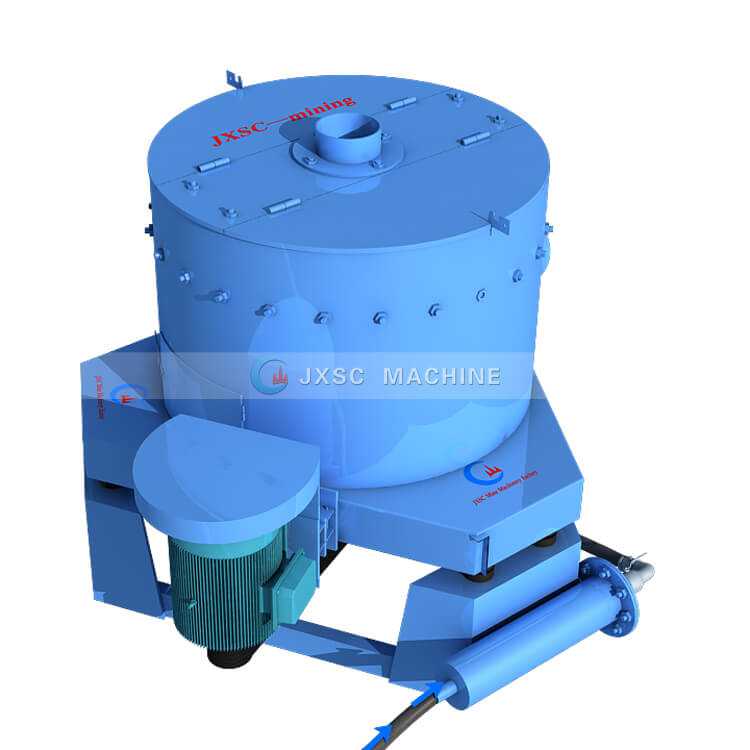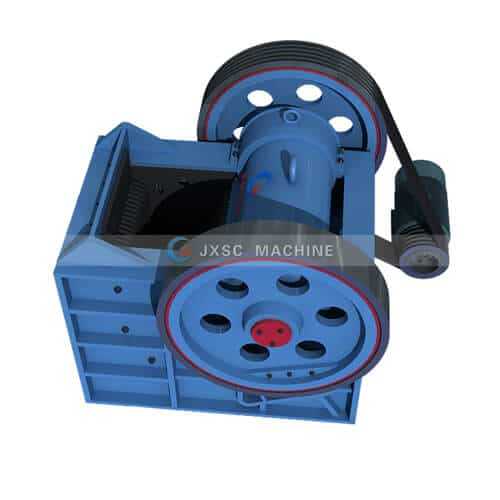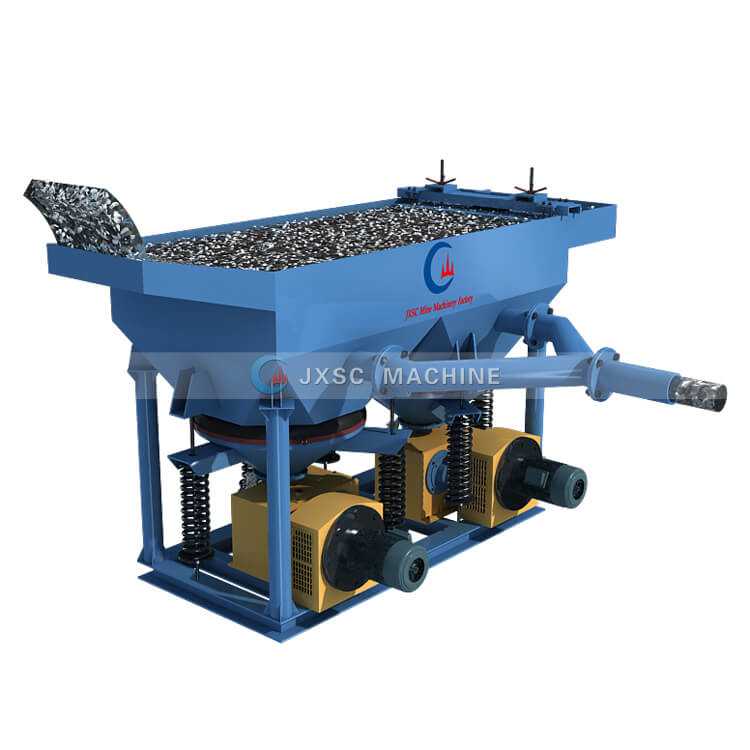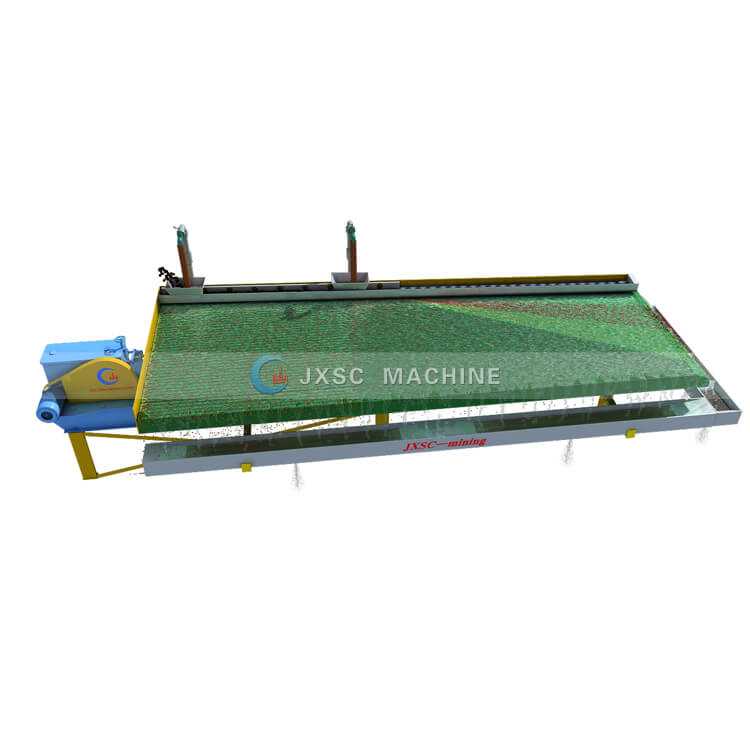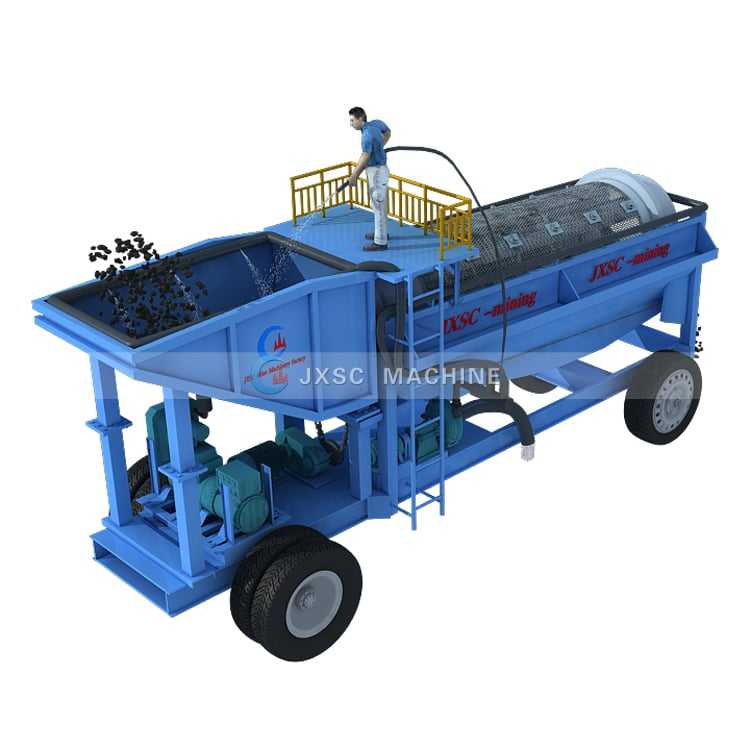Salt/Halite Mining
What is Salt/Halite
Halite, commonly known as table salt or rock salt, is composed of sodium chloride (NaCl). It is essential for life of humans and animals. Salt is used in food preparation across the globe.
Salt/Halite Mining
Rock Salt Mining:
Many rock salt mines use the room-and-pillar method of underground mining in which the resource is extracted, leaving ‘pillars’ of the material untouched, which creates ‘rooms.’
Solution Mining:
Solution mining involves injecting a solvent to dissolve and recover underground soluble salt minerals. The saturated brine is pumped to the surface for recovery via solar evaporation and further processing.
Seawater Evaporation:
Seawater is collected and allowed to evaporate in specially constructed concentration and evaporation ponds. The initial step concentrates the brine to raise the salinity and to allow various calcium, magnesium, and iron compounds to precipitate from solution. The brine circulates among a network of interconnecting gravity-fed ponds, with salinity increasing with each transfer. It takes approximately 2 to 5 years from the time seawater is initially introduced before the first salt is ready for harvest.
Inland Solar Evaporation:
The principles of solar salt concentration and production are similar to those along coastal margins except that salinity of inland lakes usually is greater than that of seawater and a yearly crop of salt can be harvested. As water flows over or beneath the surface, it dissolves minerals from underlying soils and rocks. The salt lakes are topographically lower than most of the surrounding areas and, therefore, become excellent sumps for mineral accumulation.
Salt/Halite Uses
Over 40% of salt is used in the chemical industry (mainly for the preparation of sodium hydroxide, soda ash, hydrochloric acid, chlorine and metallic sodium) and another 40% as a de-icer on roads in winter. The remaining is consumed in several sectors, including manufacture of rubber and other goods, agriculture, and food processing including table salt.
Salt/Halite Mining Process
Salt is generally produced one of three ways: deep-shaft mining, solution mining or solar evaporation.
Deep-shaft mining is much like mining for any other mineral. Typically, the salt exists as deposits in ancient underground seabeds, which became buried through tectonic changes over thousands of years. Many salt mines use the "room and pillar" system of mining. Shafts are sunk down to the floor of the mine, and rooms are carefully constructed by drilling, cutting and blasting between the shafts, creating a checkerboard pattern. After the salt is removed and crushed, a conveyor belt hauls it to the surface. Most salt produced this way is used as rock salt.
In solution mining, wells are erected over salt beds or domes (deposits of salt forced up out of the earth by tectonic pressure) and water is injected to dissolve the salt. Then the salt solution, or brine, is pumped out and taken to a plant for evaporation. At the plant, the brine is treated to remove minerals and pumped into vacuum pans, sealed containers in which the brine is boiled and then evaporated until the salt is left behind. Then it is dried and refined. Depending on the type of salt it will be, iodine and an anti-clumping agent are added to the salt. Most table salt is produced this way.
When solution mines are located near chemical plants, they are called brine wells, and the salt is used for chemical production. After the salt is removed from a salt mine, the empty room often stores other substances, like natural gas or industrial wastes.
Salt is harvested through solar evaporation from seawater or salt lakes. Wind and the sun evaporate the water from shallow pools, leaving the salt behind. It is usually harvested once a year when the salt reaches a specific thickness. After harvest, the salt is washed, drained, cleaned and refined. This is the purest way to harvest salt, often resulting in nearly 100 percent sodium chloride. Only areas with low annual rainfall and high evaporation rates -- Mediterranean countries and Australia, for example -- can have successful solar evaporation plants. Usually machines perform this harvest, but in some areas it is still done by hand.
JXSC Mining Processing
---Diamond Processing Plant---
8TPH Diamond Mining Process in Angola
18TPH Alluvial Gold & Diamond Mining Process in Angola
50TPH Alluvial Diamond Mining Process in Central African
50TPH Diamond Extraction Process Flow Chart
60TPH Alluvial Diamond Extraction Process in Venezuela
75TPH Diamond Dense Medium Separation Process in Congo
---Chrome Processing Plant---
1.2TPH Chromite Ore Beneficiation Process Flow
15TPH Chrome Ore Beneficiation Process in Ukraine
24TPH Chrome Ore Processing Plant in South Africa
25TPH Chromite Ore Concentrating Plant in South Africa
50TPH Chromite Ore Beneficiation Process in South Africa ---Silica Processing Plant---
50TPH Silica Sand Processing Plant in Indonesia
65TPH Silica Sand Washing Plant in Malaysia
100TPH Silica Sand Processing & Washing Plant in Malaysia
20TPH Beach Sand Mining Plant in India
100TPH Beach Sand Zircon Mining Plant in Sierra Leone
---Coltan Processing Plant---
10TPH Coltan Ore Mining Plant in Liberia
10TPH Alluvial Coltan Process Plant In Mozambique
20TPH Tantalum Niobium Mining Plant in Uganda
25TPH Tantalite Mining Plant in Burundi
100TPH Alluvial Coltan Processing Plant in Nigeria
100TPH Tantalite Ore Processing Plant in Sierra Leone
150TPH Coltan Ore Processing Plant in Ghana
---Lead, zinc, iron, manganese, etc---
15TPH Tailings Lead & Barite Extraction Plant in Iran
30TPH Rock Lead Zinc Process Plant in Morocco
200TPH Rock Manganese Mining Plant in Zambia
150TPH Iron Ore Processing Plant in Malaysia
8TPH Gold & Tin Extraction Process in Zimbabwe
10TPH Tin Ore Slag Beneficiation Processing Plant in Malaysia
50TPH Alluvial Tin Ore Mining Plant in Nigeria
3TPH Barite Beneficiation Process Plant in Morocco ---Gold Washing Plant---
0.5TPH Portable Hard Rock Gold Processing Plant in Sudan
0.5TPH Small Rock Gold Processing Plant In Sudan
1T/H Rock Gold Processing Plant In India
2TPH Quartzite Gold Wash Plant In Africa
2TPH Small Scale Rock Gold Processing Plant In Congo
4TPH Gold Ore Processing Plant In Zimbabwe
5T/H Rock Gold Processing Plant In Tanzania
5TPH Quartz Rock Gold Mining Process in Nigeria
10TPH Alluvial Coltan Process Plant In Mozambique
10TPH Copper Mining Process Plant In Zambia
10TPH Sulfide Gold Processing Plant In Ghana
20TPH Rock Contain Gold Mining Process in Zimbabwe 20TPH Alluvial Gold & Hard Rock Gold Processing Plant in Madagascar
30TPH Placer Gold & Rock Gold Wash Plant in Zambia
50TPH Gold Washing Plant In Uzbekistan
50TPH Alluvial Gold Mining Process In Ghana
50TPH Alluvial Gold Washing Plant In Sierra Leone
60TPH Wheel Mobile Gold Processing Plant In Mali 60TPH Gold Processing Plant In Russia
60TPH Mobile Alluvial Gold Wash Plant In Ghana
60TPH Small Portable Gold Wash Plant in Mali
75TPH Hard Rock Gold Mining Plant in Sudan
100TPH Clay Alluvial Gold Washing Plant In Ghana
100TPH Alluvial Gold & Diamond Processing Plant in Congo
100TPH Rock Copper & Cobalt Ore Process Plant In Congo
100TPH Tailings Copper & Zinc Process Plant In Kyrgyzstan
100TPH Gold Tailings Processing Plant In Uganda
100TPH Placer Gold Processing Plant In Kyrgyzstan
100TPH Alluvial Deposit Gold Processing Plant In Ghana
100TPH Alluvial Gold Wash Plant In Suriname
100TPH Alluvial Rock Gold Washing Plant In Mozambique 167THP Crusher Plant and 42TPH Rock Gold Processing Plant In Zimbabwe
200TPH Alluvial Gold Wash Plant In Ghana


